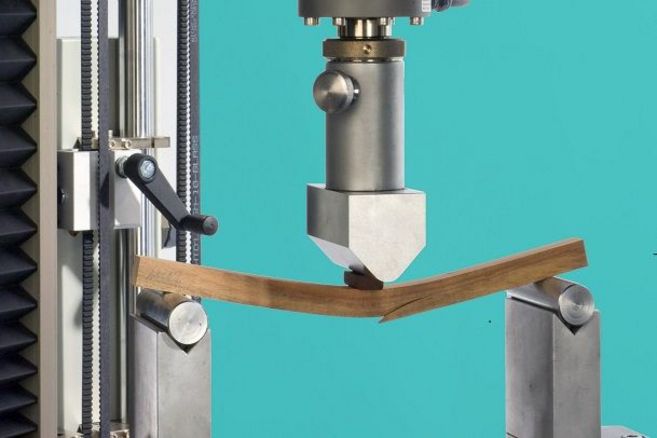Project
Greenhousegas Monitoring of Harvested Wood Products

Greenhousegas reporting of Harvested Wood Products
The use of wood as a material prolongs the storage of biogenic carbon that has been absorbed from the atmosphere by trees during their growth. The renewable raw material is thus part of the natural carbon cycle and plays a central role in human-induced emissions of carbon dioxide (CO2) into the atmosphere.
Background and Objective
Due to the ratification of the United Nations Framework Convention on Climate Change (UNFCCC) and the Kyoto protocol, Germany is obliged to report yearly of the effects of land use, land-use change and forestry (LULUCF) on the greenhouse gas balance. In estimating this balance, the biogenic carbon stock in Harvested Wood Products is also to be considered.
Approach
We estimate the contribution of harvested wood products in Germany to the emissions by sources and their reduction in sinks to the land use sector in Germany by means of the calculation model WoodCarbonMonitor according to the relevant guidelines of the Intergovernmental Panel on Climate Change (IPCC).
At the same time, we contribute with our expertise to the work of IPCC in the preparation, revision and refinement reporting guidelines for greenhouse gas emissions (IPCC 2013 KP Supplement and IPCC 2019 Refinement).
Data and Methods
A detailed description of the calculation model WoodCarbonMonitor that is used for estimating the carbon storage effect in harvested wood products can be found here: mediatum.ub.tum.de
Preliminary Results
The results of the assessment are annually published in the National Inventory Reports for the German Greenhouse Gas Inventory by the Federal Environment Agency.
Following the political and methodological guidelines of the international climate protection regime (production approach), the net emissions from the carbon pool in harvested wood products in Germany amount to -2.2 Mt CO2 on average of the last five years (2012-2016).
Thünen-Contact

Involved external Thünen-Partners
- Umweltbundesamt (UBA)
(Dessau-Roßlau, Deutschland)



![[Translate to English:] Logo des Bundesministerium für Ernährung und Landwirtschaft](/media/allgemein/logos/BMEL_Logo.svg)